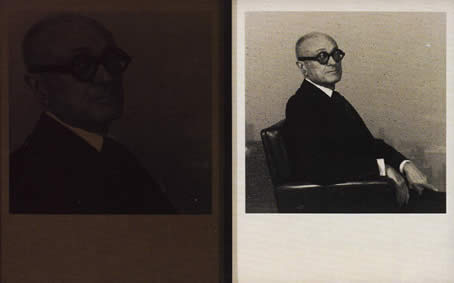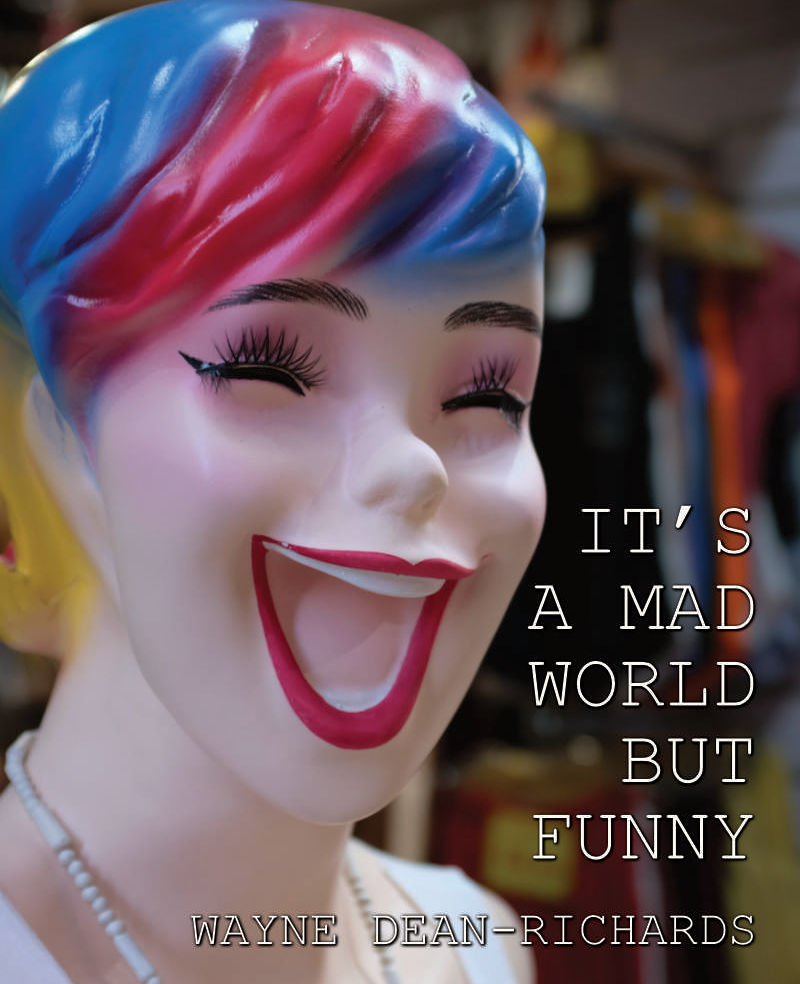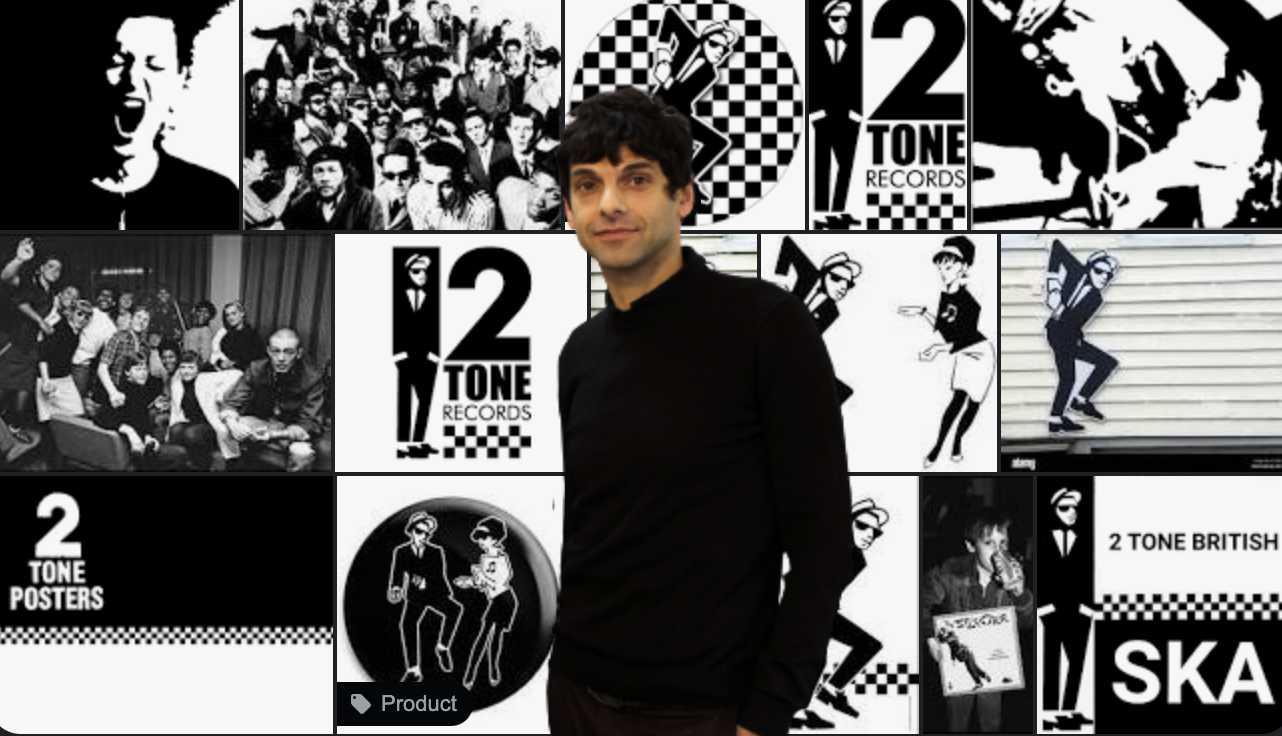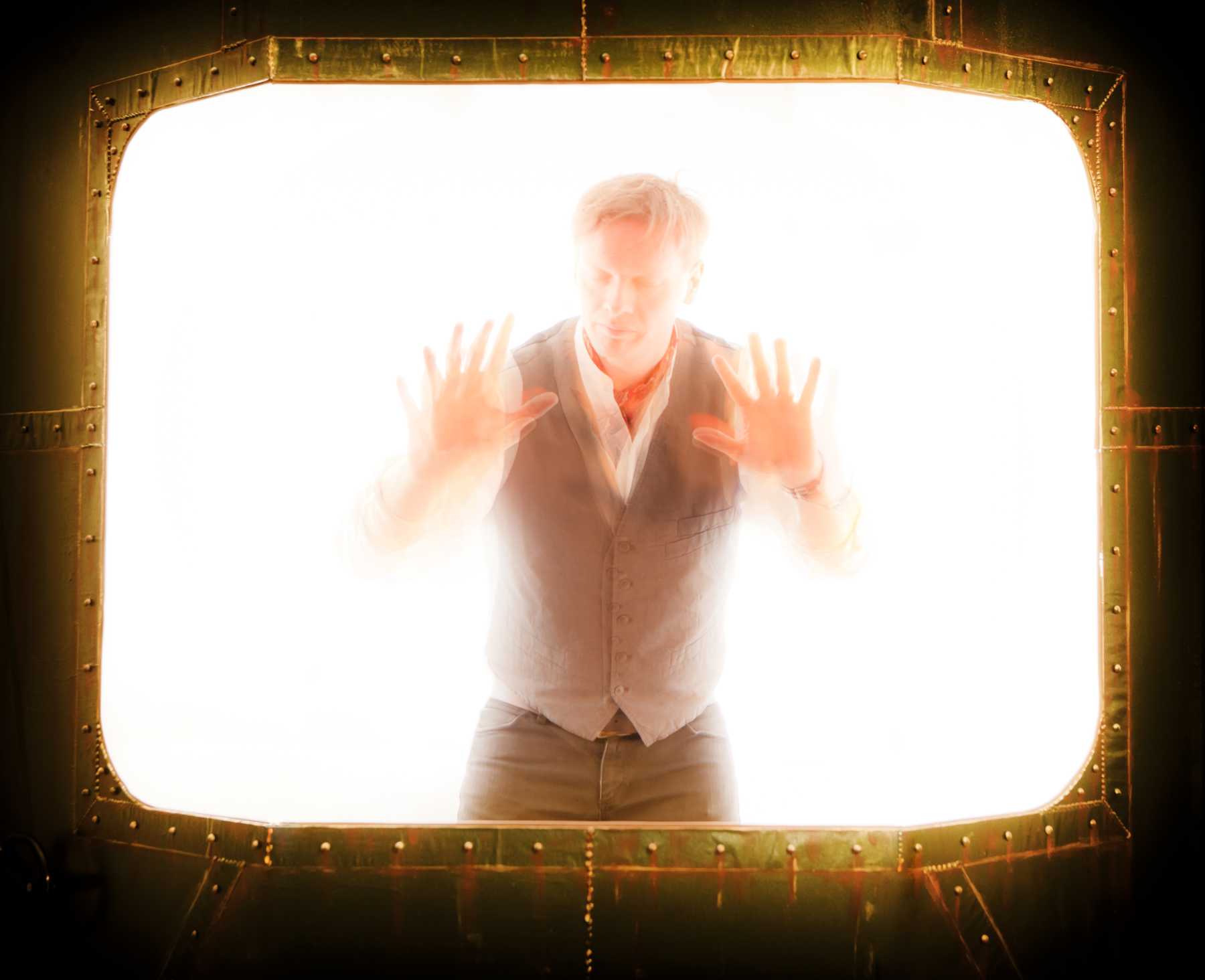https://www.youtube.com/watch?v=UPm1z1kdXLY
Philip Johnson died last week at the age of 98. A contradictory and often controversial figure, he preferred to describe himself simply as a 'whore'. Picking up clients was an integral part of the business of architecture. It did not conflict with his zealous belief that architecture is an art and that aesthetics were architecture's primary concern .
Johnson's biography goes something like this.Born into a wealthy Cleveland family in 1906, he spent his version of the Jazz Age cruising between classes in Harvard and sightseeing in Europe. He joined New York's Museum of Modern Art at the start of the 1930s where he founded the Department of Architecture. Shortly after, with the show and book 'The International Style', he became largely responsible for introducing modernist architecture to America.
The International Style had complex roots in the social and industrial history of Europe. Transplanting it across the Atlantic allowed Johnson the freedom to reprioritize the aesthetic over the political. His protean character enabled him to constantly hijack movements and shift allegiances. From advocating modernism as a depoliticized 'style' he moved towards a camp classicism arguably inspired by the fascist sensibilities of his youth. His quality time in Europe had exposed him to the rise of fascism in Germany and Italy. Finding much of the ideology appealing, particularly the monumentalizing of architecture, he attempted to start a fascist party back in the United States. Despite designing a fetching logo for the movement his grey-shirted Union Party proved a failure. At the invitation of the Nazis, he attended one of the Nuremberg rallies and visited Hitler in Danzig after the invasion of Poland. He saw Warsaw in flames and concluded that it was 'a stirring spectacle'.
Not until he returned to Harvard in 1941 to formally train as an architect at the Graduate School of Design then run by Walter Gropius - one of the architects of the International Style - did Johnson begin to distance himself from such extremism. Ever more whore than Nazi, in the mid-1950s he waived his fees for designing a synagogue in Port Chester, New York - an act interpreted as atonement for his earlier support of the far right but also as further proof of his apolitical desire to immortalize his own life with monuments (he was a man of independent means and had already waived his salary back at MoMA in the 1930s).
A maestro of pastiche, in the disco years Johnson developed a historicist version of postmodernism that subverted tradition, outraged critics, and allowed him to carve a suitably paradoxical role for himself as a corporate maverick capable of inventing signature buildings. To herald the incoming yuppie decade Johnson gave the New York skyline the graphically phallic 'Lipstick Building' and the Chippendale freakshow of the iconic AT & T (now Sony) building. In this context, he has been blamed for the rise of the celebrity architect and the idea of the building as brand. It is an accusation that feeds neatly into his role as co-curator of another seminal show at MoMA in 1988, promoting the deconstructivist architecture of such future architectural 'stars' as Peter Eisenman, Frank Gehry, Zaha Hadid, and Rem Koolhaas.
In many ways Johnson's real hero was Mies van der Rohe, another architect featured in that seminal 'International Style' show in 1932 and whose famous doctrine was simply 'Less is more'. Johnson collaborated with Mies on the Seagram Building in New York, the definitive structure of corporate capitalism, designing the Four Seasons restaurant, which was housed inside. For many years he could be found at a corner table there, charming potential combatants angered by his own back-catalogue of provocative pronouncements, constructing endlessly engaging philosophical conversation which maintained that in architecture all moral high ground was suspect. He was instantly recognizable by his trademark Le Corbusier style spectacles (as long as you didn't initially think he was Corb). Indeed, throughout his career Johnson was s criticized for being the second person to do something. But as he explained in one of his most famous and irreverent essays 'The Seven Crutches of Modern Architecture':
I do not strive for originality. As Mies once told me, "Philip, it is much better to be good than to be original". I believe that. We have very fortunately the work of our spiritual fathers to build on. We hate them, of course, as all spiritual sons hate all spiritual fathers, but we can't ignore them, nor deny their greatness.
Oedipally influenced by drawings of the minimalist Farnsworth House that Mies was building in Illinois, Johnson designed a house for himself in New Canaan, Connecticut. In his characteristically antagonistic manner it developed and knowingly subverted his spiritual father's ethos.
The Glass House proved to be Johnson's most enduring masterpiece. From its completion in 1949 until he died there on January 25th 2005, it was also his home. It will reopen soon as his museum.

























